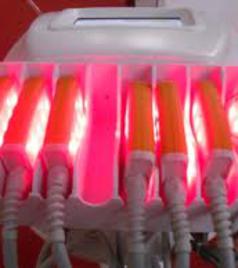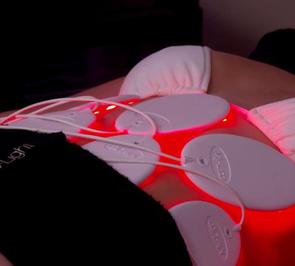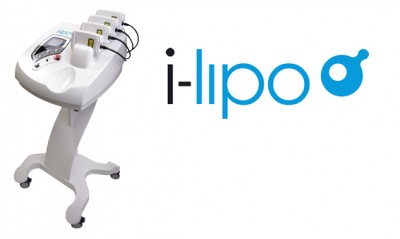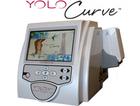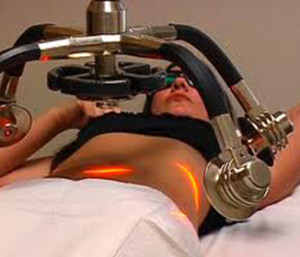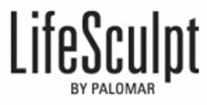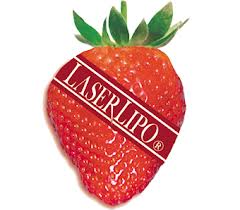Generations of lipo Lasers
In a nut shell, 635 is the one that everyone wants and is also the most expensive. 660 is on the boarder. It is good but just not as effective. As you go up you lose the effectiveness of the separation of the fatty acids to tryglicerides. The burnout rate is the main issue when the diodes go to the lower deeper penetrating wavelenghts. Japanese or German diodes are the best for not burning out within their 10,000 hour expectancy.
The first generation lasers had less paddles with fewer diodes in them, mostly dueto the larger glass diode size. Less could be fit in a paddle.
The newer 3rd generation has to compete with the first and second generation brands that have huge market awareness. The super expensive 60,000+ non paddle lasers almost have no market awareness and are in few clinics but they seem to be going through a cycle that eventually when the paddle ones become obsolete and clinics don't have to use disposables, they will be in more clinics, but due to the prices, probably not any time soon.
wattage change:
Unlike cold lasers, where the higher the wattage the more energy, the opposite is true with lipo lasers.The first generation until now they used 10mw and 20mw diodes. They would end sessions due to over heating and burnout was more common. NOw the wattages are trending towards 5mw, the lower power the better. Since this, there has been zero down time as they stay cooler and have the least burnout rate. The newer diodes have less surfaces that heat up inside unlike the first gen that had more parts inside that got heated up to quick.
Back in the day, with the first gen, if the laser conked out, the patients would cancel their treatment and have to get their money back or reschedule for another date. Many companies offered extended warranties on their diodes but now the 3rd gen ones that are supposed to last 10,000 hours, they are trying to cash in on the extended warranties. People are idiots if they buy an extended warranty on any 3rd gen laser unless they are using it in such a high traffic clinic that other possible issues besides laser diode burn out can happen. If its dropped or the mother board gets damaged or anything.
Some clinic wiould get loaners back in the day. With the newer types if they give loaners, then somethings probably wrong. The new ones don't really have problems and if they quickly offer loaners, then that is a red flag to me.
LEDS: Generations of LED non laser lipo-
The super luminous diodes used in the 3rd gen have a much higher intensity penetrating more and much brigher than the standard LEDs. The beam is almost the same intensity as the laser but with less coherence, they don't penetrate in a straight line. When the depth of penetration isn't as necessary and coherence is not an issue (cheeks, chin, arms, not pot belly). These are the new Japanese diodes that have the monopoly on the superluminous technology. There are similar looking ones but are not the same as the Japanese ones. The Japenese Leds have the highest fluence of all LEDs.
For soemone trying to tighten up the skin, and needs more surface area, LED is great although it doesnt penetrate DEEP.
I am not saying that the first and second gen Leds are bad, its just that they can just take longer and not as effective if someone is on a time schedule.
Fade in/ Fade out:
Cheaper ones can fade in and fade out. Even if has the best diodes, the power supply determintes if this will happen. Better lipo lasers have more sophisticated mother boards and power supplies. The newer technologies seem to eliminate the fading in and out and make them more consistant.
Note: LEDS should only be used, based on what all the doctors tell me, 2 to 4 mm thin skin. I use this reference when someone asks if they should use laser or LED.
Note: The most important trend in the 3rd gen is that the depth of the laser has to do with the nanometers, NOT WATTAGE. A 10mw laser is not going to be more effective than a 5mw lasers, according to what all the doctors that don't know each other hav told me. It seems the opposite is true.
Penetration is possible on all the lipos but its a question if someone wants to wait an hour and 45 minutes on the slowest ones or just 6 minutes on the ones you don't have to apply paddles to the body to.
The latest generation has digital display panels instead of buttons. The displays make them much easier to use for doctors trying to train technicians. The trend is going from lower wattage to shorter wavelengths. The next trend is the non paddle type but they have to have so many diodes as it is not direct to the skin and that much fluence can be costly. Many doctors also get annoyed at all the disposables. The laser diodes on the older type have more over it so it is harder to clean them. Dust and dirt get into it making it hard to clean out. The smaller Japanese diodes are much easier to clean.
See my Clash of Titans page here.
How to choose between LED Lipos and LASER Lipos
LipoLasersReviewed.com
...because every company claims they have the best Lipo Laser
Ask for Sharon
1-877-828-7886
Ask for Jake
1-877-828-7886
i-Lipo - Photo Biotech - CONTOUR LIGHT - TRIFECTA LIGHT - YOLO - Zerona - LIPO-LIGHT- SMART LIPO LIPOMELT - VEVAZZ - Strawberry
